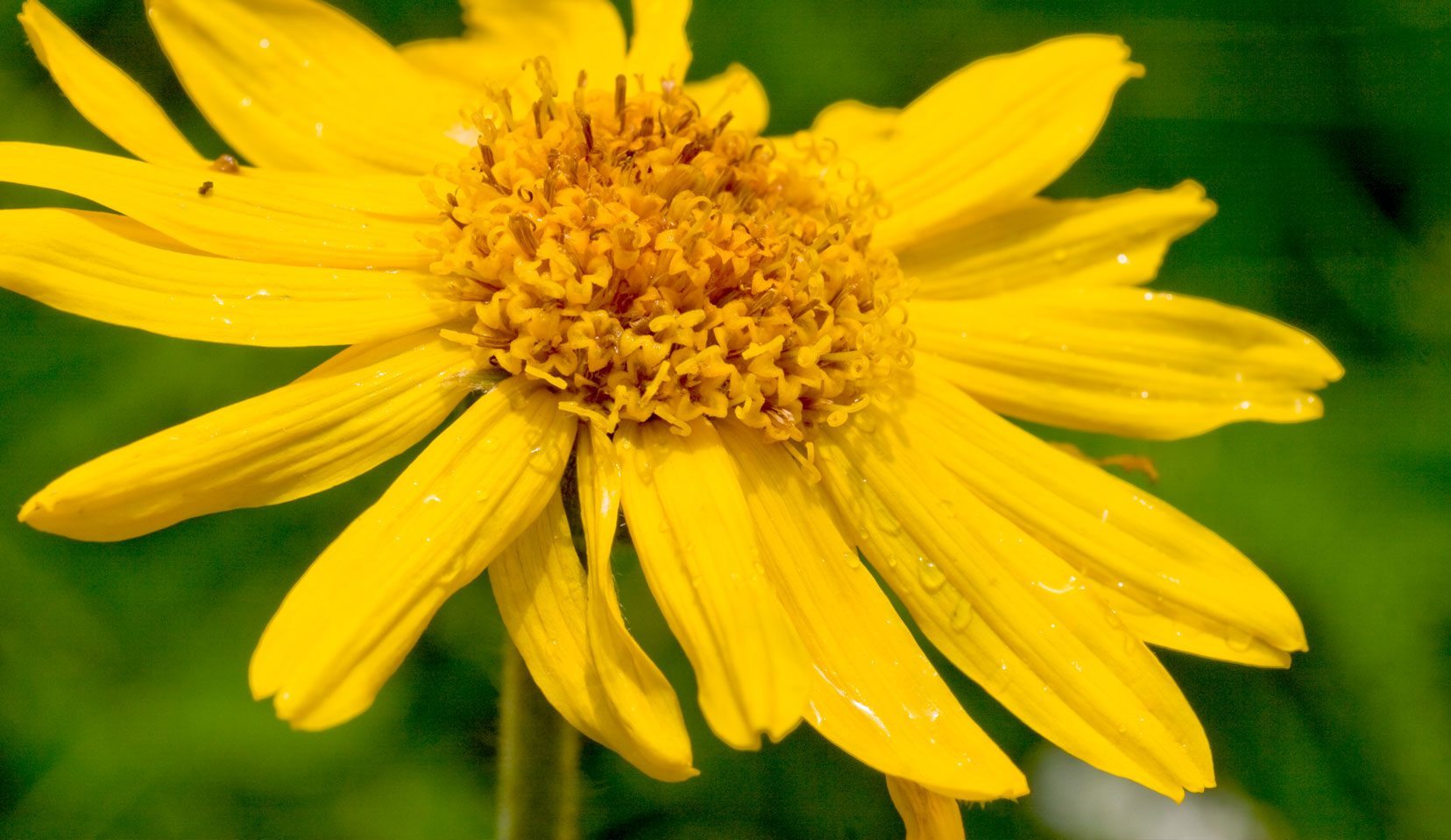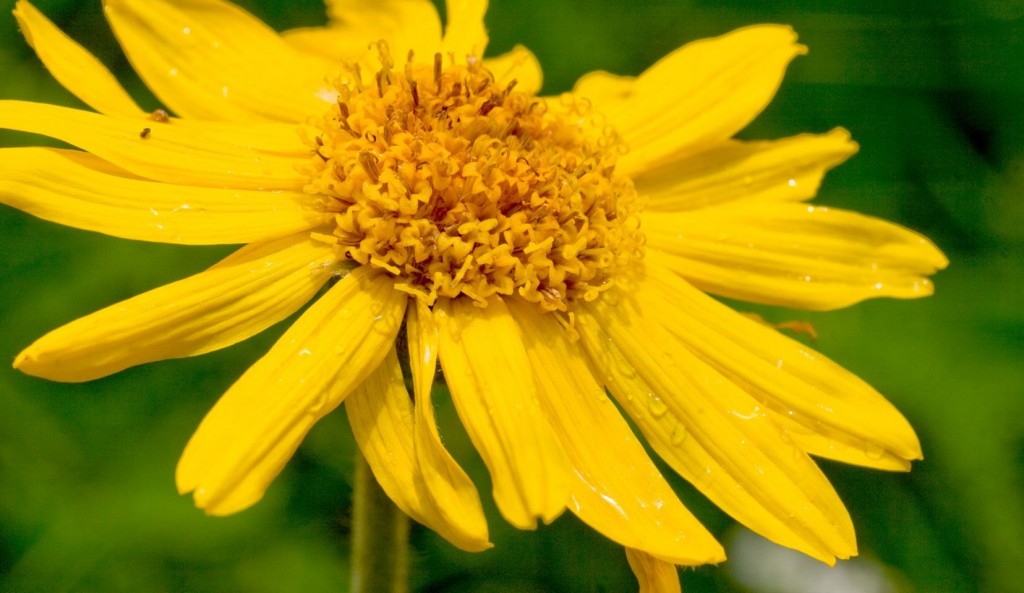 Anti Inflammatory Herbs
Anti Inflammatory Herbs
ARNICA
(Arnica montana)
Arnica is one of the richest substances found in nature’s pharmacy. It has the power to relieve many of the common aches, pains, and injuries that occur in our daily lives. The main uses of Arnica include bruising, swelling, pain relief, arthritis, and injuries. The dried flower heads and rhizome were first medicinally used by Swiss mountaineers to help prevent sore and aching limbs. It is mostly used externally due to its irritant effect on the stomach. Arnica contains a substance called helenalin which is toxic in large amounts. The roots contain derivatives of Thymol, which has strong antimicrobial action; so much so, it can even reduce bacterial resistance to common antibiotics such as penicillin. Externally, the herb is almost always used in the form of a tincture.
USES:
- It is used on unbroken skin to alleviate sprains, muscle pains and dislocations.
- Applied promptly after injury, it helps prevent the formation of bruises by stopping the capillaries from bleeding. It works by stimulating the activity of white blood cells which process congested blood, and by dispersing trapped fluids from joints and muscles and bumped and bruised tissue. Arnica is often taken alongside Vitamin C and bioflavonoids, as both of these further boost the capillaries to withstand knocks.
- It also has anti-inflammatory and anti-bacterial qualities; this is what helps to reduce pain and swelling as well as improving wound healing.
- Adding 15ml of Arnica tincture to a hot water foot bath has shown to provide relief for tender feet.
- Arnica tincture applied to the scalp is said to stimulate hair growth.
- A homoeopathic tincture, X6, has been used successfully in the treatment of epilepsy; also for seasickness (3X before sailing, and every hour on board till comfortable.)
- Increasing evidence suggests that it also may help the body recover from surgery, toothache and even childbirth!
- Research on dental patients showed that Arnica helped to control pain and bleeding after treatment.
HOW TO USE
- Tender FeetPrepare a foot-bath of hot water containing 1/2 oz. of the tincture. Soak for 15 to 20 minutes but remove feet before the water becomes cold. Do it sparingly as needed.
- Hair GrowthApply tincture to the scalp 30 minutes to an hour before bath.
- Healing BruisesArnica is usually best for skin bruises. It can be applied in the form of a tincture on an unbroken skin. However, Arnica bruise ointment is available in many forms, including gel, cream, and even in a stick. It is also available in the form of oil and poultice.
*Amount of tincture to be used: 10 to 30 drops, or as directed by your healthcare practitioner.
CONTRAINDICATIONS
Repeated applications may produce severe inflammation. It is seldom used internally, because of its irritant effect on the stomach.
It is contraindicated in people with a known sensitivity to members of the daisy family, such as chamomile, marigold, or yarrow.
It is not to be used during pregnancy.
SCIENTIFIC DETAILS
Family Name: Daisy
Common Name(s): Mountain Tobacco, Leopard’s bane and Wolfsbane
Part(s) Used: Ethereal oil of the flowers, dried flowers, the leaves collected before flowering and dried, the roots, and the dried rhizome.
Habitat: It is found in Europe from Scandinavia to southern Europe; as well as Southern Russia and Central Asia.
Properties: anti-inflammatory, analgesic
Tags: anti-inflammatory, analgesic, bruises, sprains, feet, hair

